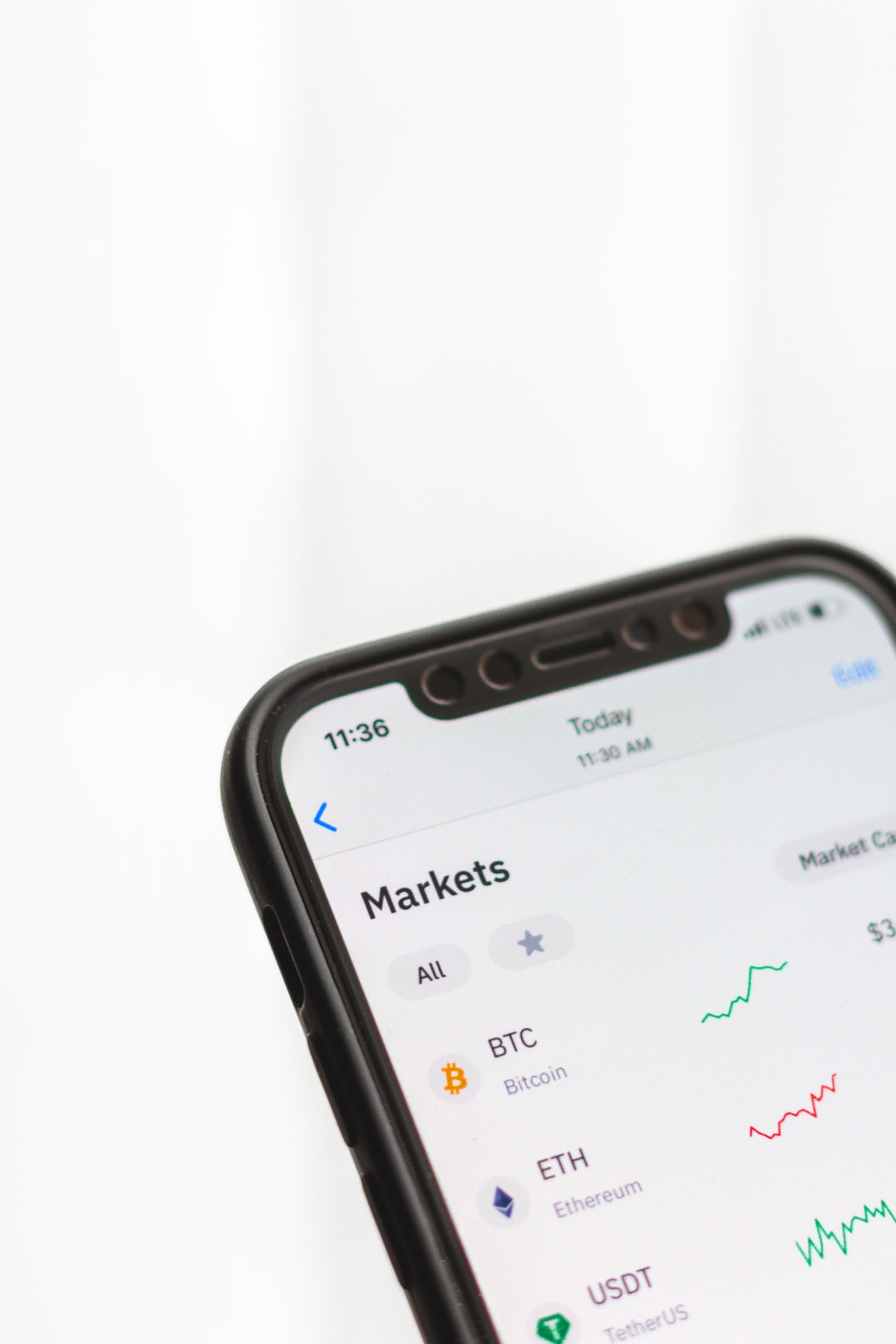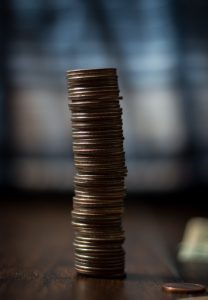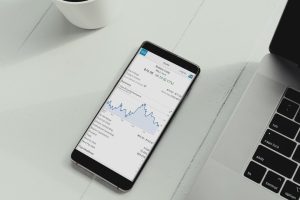Forex is the largest financial market in the world, with an average daily trading volume of $5.3 trillion. It is a decentralized market where currencies are traded 24 hours a day, 5 days a week. With so much activity happening at all times, traders must choose a time frame that suits their trading style and goals.
A time frame refers to the period of time a trader uses to analyze the market and make trading decisions. There are several time frames to choose from, ranging from seconds to months. The most commonly used time frames in forex trading are:
1. Scalping (Seconds to minutes)
Scalping is a trading strategy where traders aim to make profit on small price movements. This strategy requires traders to use short time frames such as seconds or minutes to identify trading opportunities. Scalping is most commonly used by day traders who are looking to make quick profits.
2. Day trading (Minutes to hours)
Day trading is a trading strategy where traders open and close their positions within the same day. Traders use time frames ranging from minutes to hours to identify trends and make trading decisions. Day trading is suitable for traders who want to take advantage of short-term price movements.
3. Swing trading (Hours to days)
Swing trading is a trading strategy where traders hold their positions for a few days to a few weeks. Traders use time frames ranging from hours to days to identify trends and make trading decisions. Swing trading is suitable for traders who want to take advantage of medium-term price movements.
4. Position trading (Days to months)
Position trading is a trading strategy where traders hold their positions for several weeks to several months. Traders use time frames ranging from days to months to identify long-term trends and make trading decisions. Position trading is suitable for traders who want to take advantage of long-term price movements.
Choosing the right time frame for forex trading is important as it can affect the outcome of your trades. Traders must consider their trading style, goals, and risk tolerance when choosing a time frame. Here are some factors to consider when choosing a time frame:
1. Trading style
Traders must choose a time frame that suits their trading style. For example, scalping requires traders to use short time frames such as seconds or minutes, while position trading requires traders to use longer time frames such as days or months.
2. Trading goals
Traders must choose a time frame that aligns with their trading goals. For example, if a trader’s goal is to make quick profits, then scalping or day trading might be suitable. If a trader’s goal is to hold their positions for a long time and take advantage of long-term price movements, then position trading might be suitable.
3. Risk tolerance
Traders must choose a time frame that suits their risk tolerance. Shorter time frames such as scalping or day trading can be more volatile and require quick decision making, which can be stressful for some traders. Longer time frames such as position trading can be less volatile, but require more patience and discipline.
In conclusion, choosing the right time frame is crucial for forex trading success. Traders must consider their trading style, goals, and risk tolerance when choosing a time frame. There is no one-size-fits-all solution, and traders must experiment with different time frames to find what works best for them. With the right time frame and strategy, traders can take advantage of the opportunities presented by the forex market.





